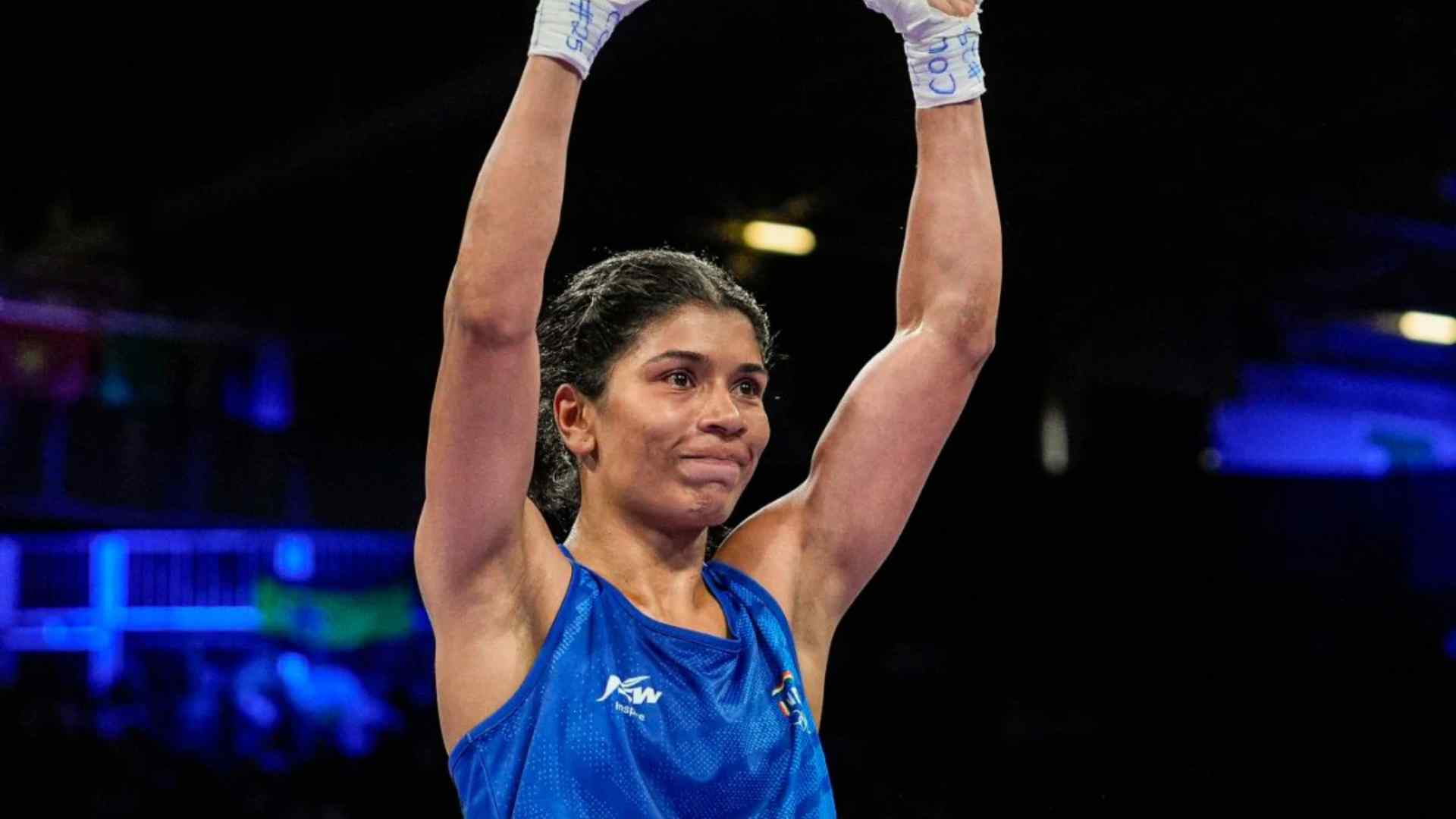UFC Weight Classes have undergone a lot of changes over the years. When UFC first started out, it did not even have weight classes and this projected Mixed Martial Arts as a wild and unsafe sport.
However, as the sport evolved and when UFC came under the supervision of Athletics commissions, there was a change in this story.
What are the weight classes in the UFC?
As of writing, UFC follows the weight limits which are designated by the Unified Rules of Mixed Martial Arts. While the Unified Rules of MMA has limits for fourteen weight classes, UFC currently only has 9 weight classes in the promotion.
Also Read: UFC: The Most Asked Questions on the Internet and their answers
If we further break down these 9 weight classes based on gender, we will get 12 weight classes in the UFC which you can see below with respect to the upper limits of each weight category.
- UFC Women’s Strawweight Limit: 115 lb (52.2 kg; 8.2 st)
- UFC Women’s Flyweight Limit: 125 lb (56.7 kg; 8.9 st)
- UFC Women’s Bantamweight Limit: 135 lb (61.2 kg; 9.6 st)
- UFC Women’s Featherweight Limit: 145 lb (65.8 kg; 10.4 st)
- UFC Men’s Flyweight Limit: 125 lb (56.7 kg; 8.9 st)
- UFC Men’s Bantamweight Limit: 135 lb (61.2 kg; 9.6 st)
- UFC Men’s Featherweight Limit: 145 lb (65.8 kg; 10.4 st)
- UFC Men’s Lightweight Limit: 155 lb (70.3 kg; 11.1 st)
- UFC Men’s Welterweight Limit: 170 lb (77.1 kg; 12.1 st)
- UFC Men’s Middleweight Limit: 185 lb (83.9 kg; 13.2 st)
- UFC Men’s Light Heavyweight Limit: 205 lb (93.0 kg; 14.6 st)
- UFC Men’s Heavyweight Limit: 265 lb (120.2 kg; 18.9 st)
In the UFC, if it is a non-title fight, there is a tolerance of one pound or .45 Kilograms on the above-mentioned upper limits. However, in title fights, such tolerance is not allowed.
Also Read: Weight Training in MMA - Everything You Need to Know
The commissions can also allow catchweight fights between two fighters subject to their review and discretion.
Weight Classes that UFC does not use currently
As mentioned earlier, the Unified Rules of MMA have defined 14 weight classes from which only 9 are being used by the UFC. The remaining weight classes are as follows:
- Super Lightweight (165 pounds)
- Super Welterweight (175 pounds)
- Super Middleweight (195 pounds)
- Cruiserweight (225 pounds)
- Super Heavyweight (>265 pounds).
Atomweight Class in MMA:
The Atomweight class is something that is not defined in the Unified Rules of MMA. However, it is used by many promotions exclusively for Women’s Fights. It is, however, something that varies with respect to promotions. You can see the Atomweight limits from major promotions below.
-
The Invicta FC's atomweight limits between 96 and 105 lb (43.5 to 47.7 kg)
-
The ONE Championship's atomweight division, with the upper limit at 52 kg (114.6 lb)
-
The Deep Jewels's atomweight division, with the upper limit at 105.8 lb (48 kg)
- The Road FC's atomweight division, with the upper limit at 105.8 lb (48 kg)
Weight Classes in ONE Championship
While most of the promotions follow weight classes with respect to the Unified Rules of MMA, ONE Championship has a different rule set in which weight limits are based on the walking weight of fighters rather than their pre-fight weight.
In fact, ONE Championship introduced the rule to improve fighter safety and to avoid weight-cutting by dehydration. ONE championship’s policy on weight mandated that athletes are monitored in their training camps, and have urine-specific gravity tests to ensure they are hydrated up to three hours ahead of their fights.
You can see the weight classes in ONE Championship below.
- Atomweight: 115 lbs (52 KG)
- Strawweight: 125 lbs (56.7 KG)
- Flyweight: 135 lbs (61.2 KG)
- Bantamweight: 145 lbs (65.8 KG)
- Featherweight: 155 lbs (70.3 KG)
- Lightweight: 170 lbs (77.1 KG)
- Welterweight: 185 lbs (83.9 KG)
- Middleweight: 205 lbs (93 KG)
- Light Heavyweight: 225 lbs (102.1 KG)
- Heavyweight: 265 lbs (120.2 KG)
What are your other queries regarding Weight classes in MMA? Let us know in the comment section below.
You can download our mobile app available on the Google Playstore and the App Store for all the latest news and updates from Indian MMA, UFC, ONE Championship, BRAVE CF, and much more








Leave a comment
Please login to leave a comment.